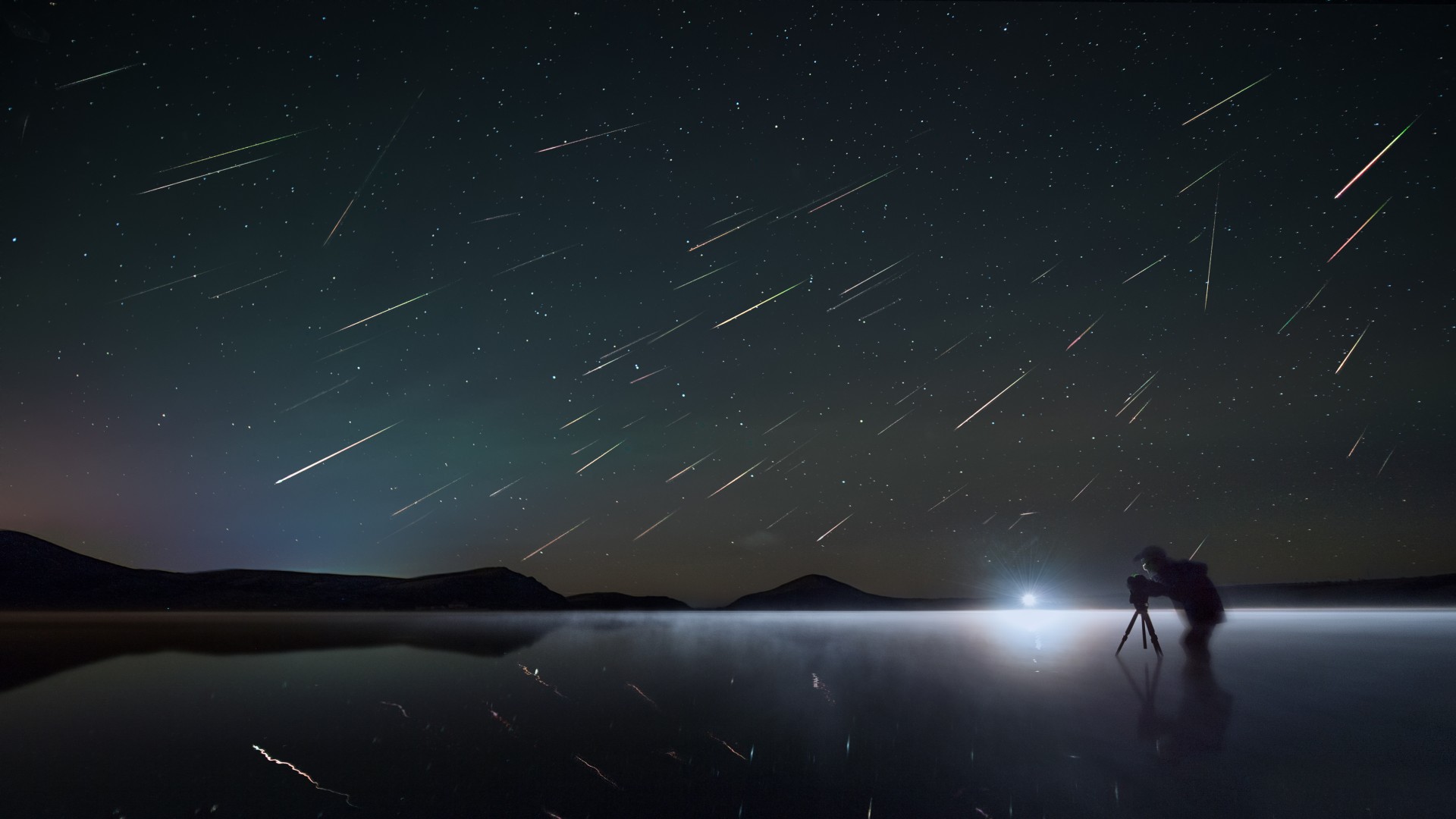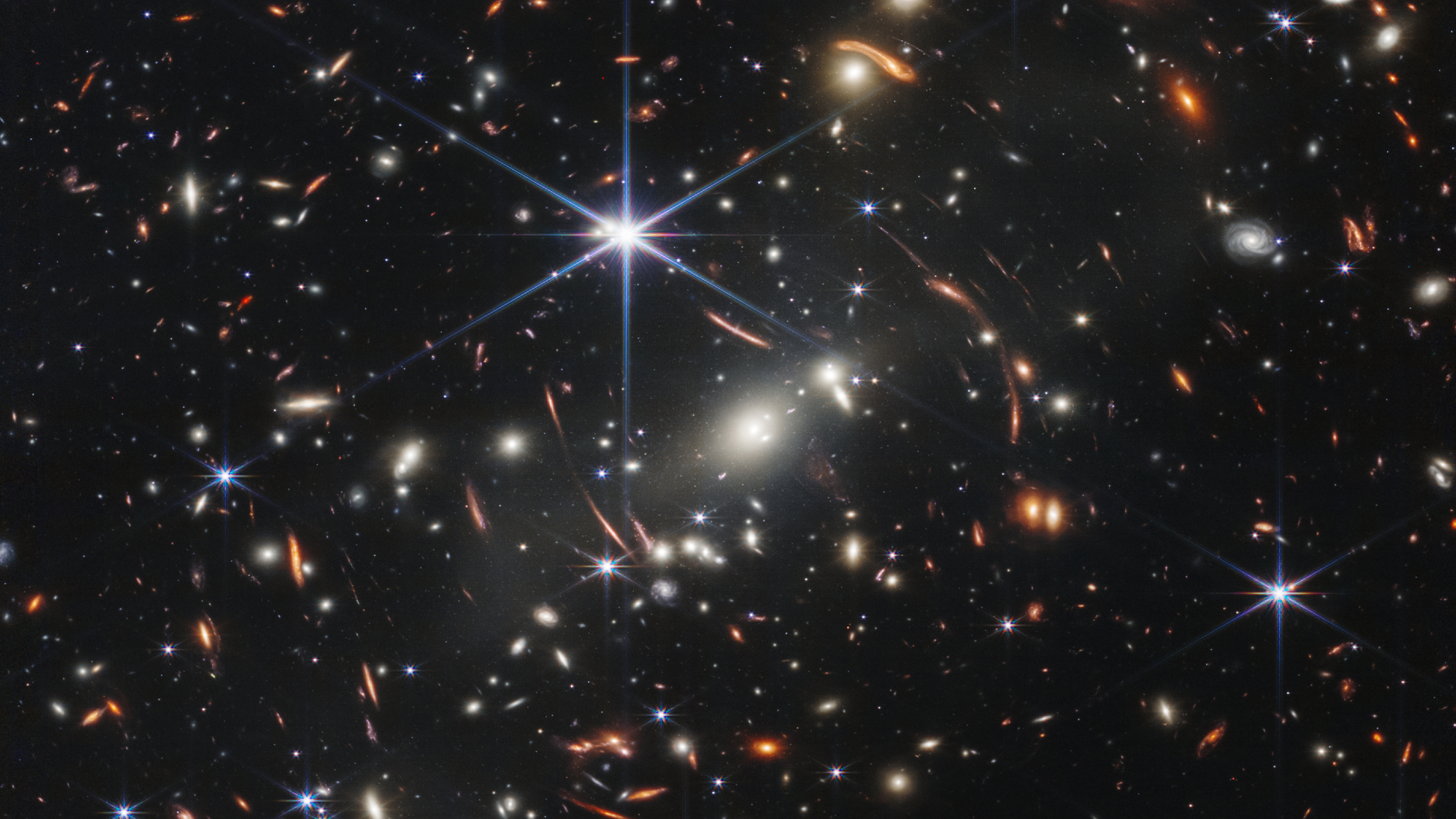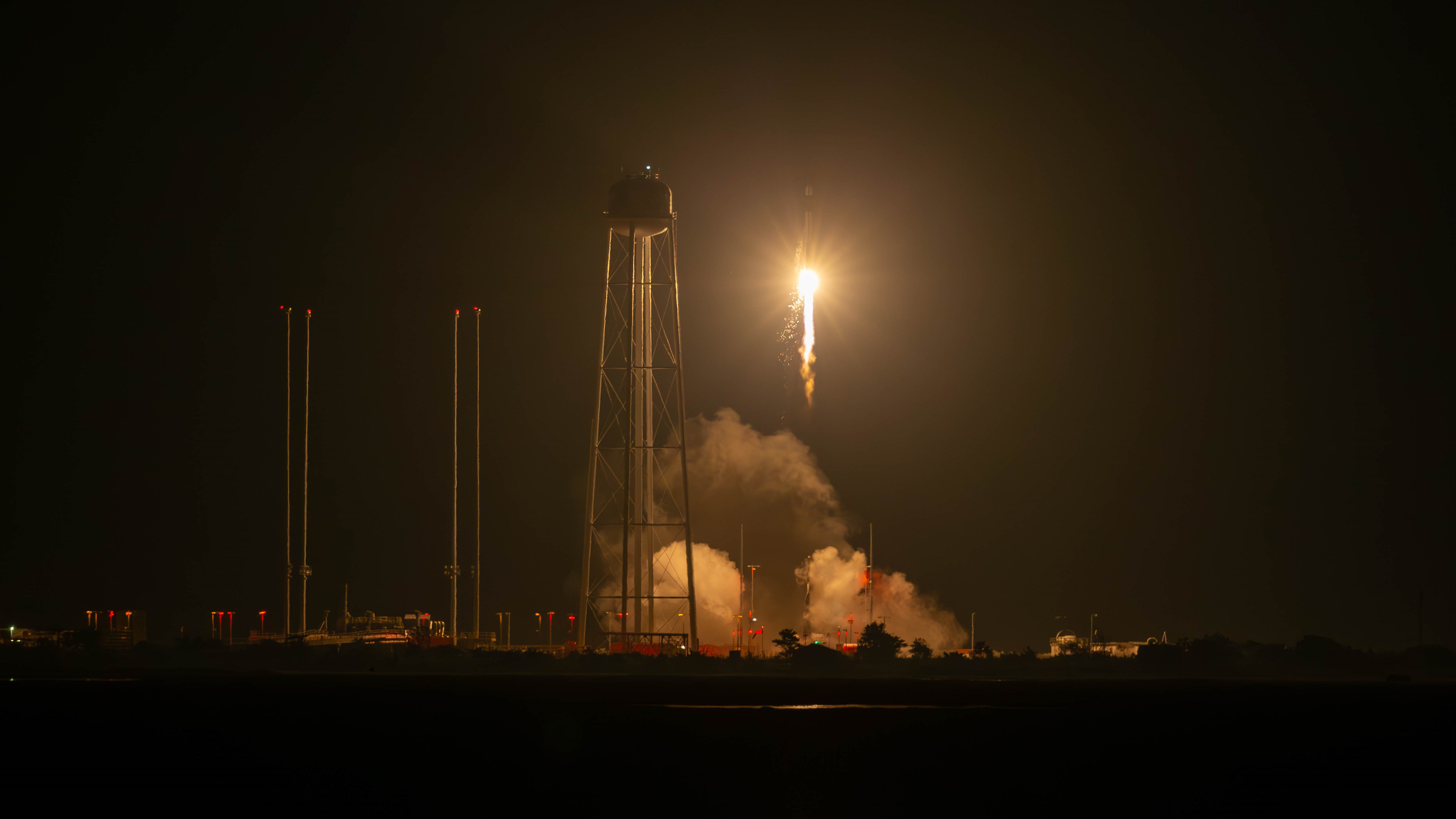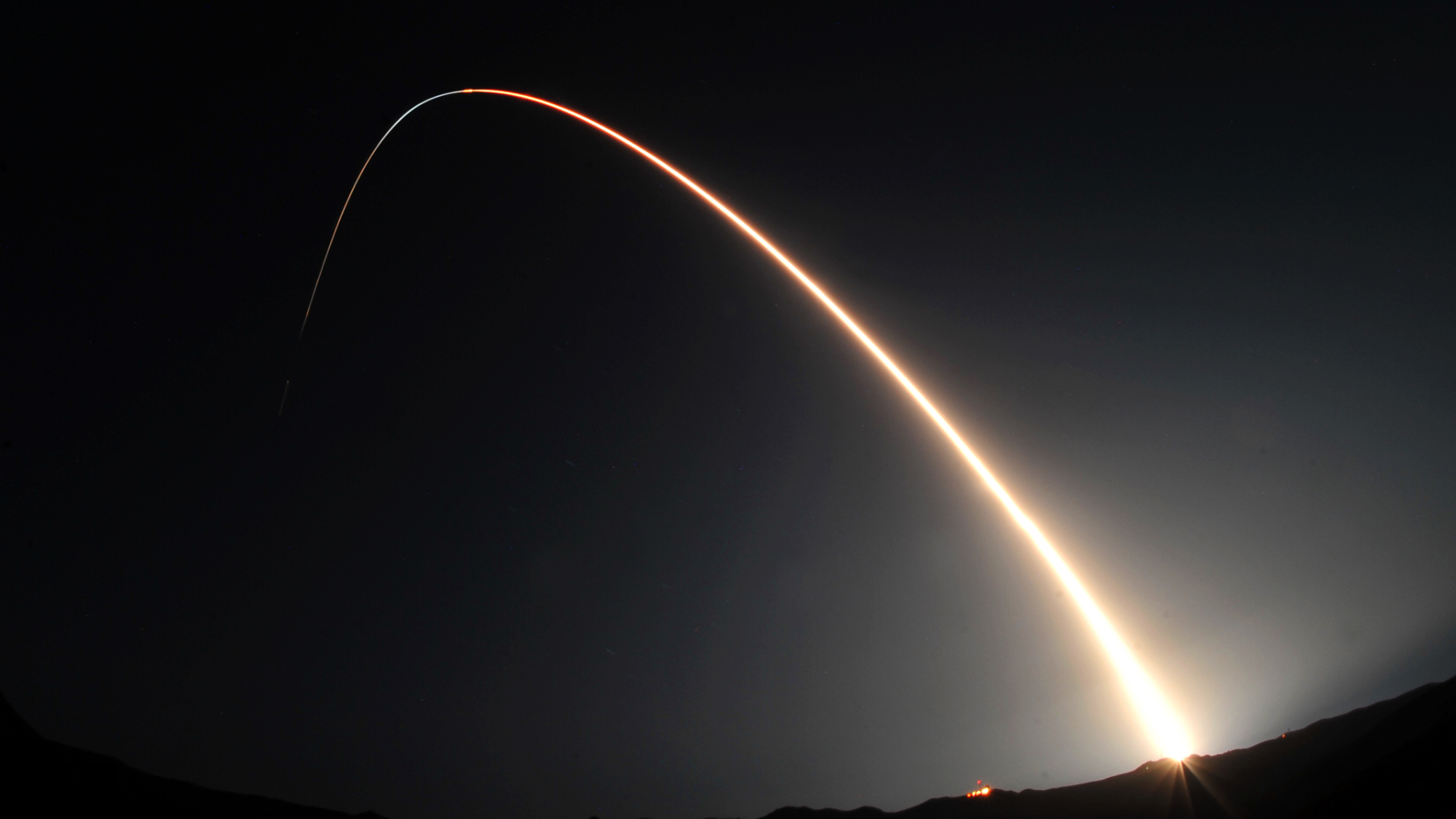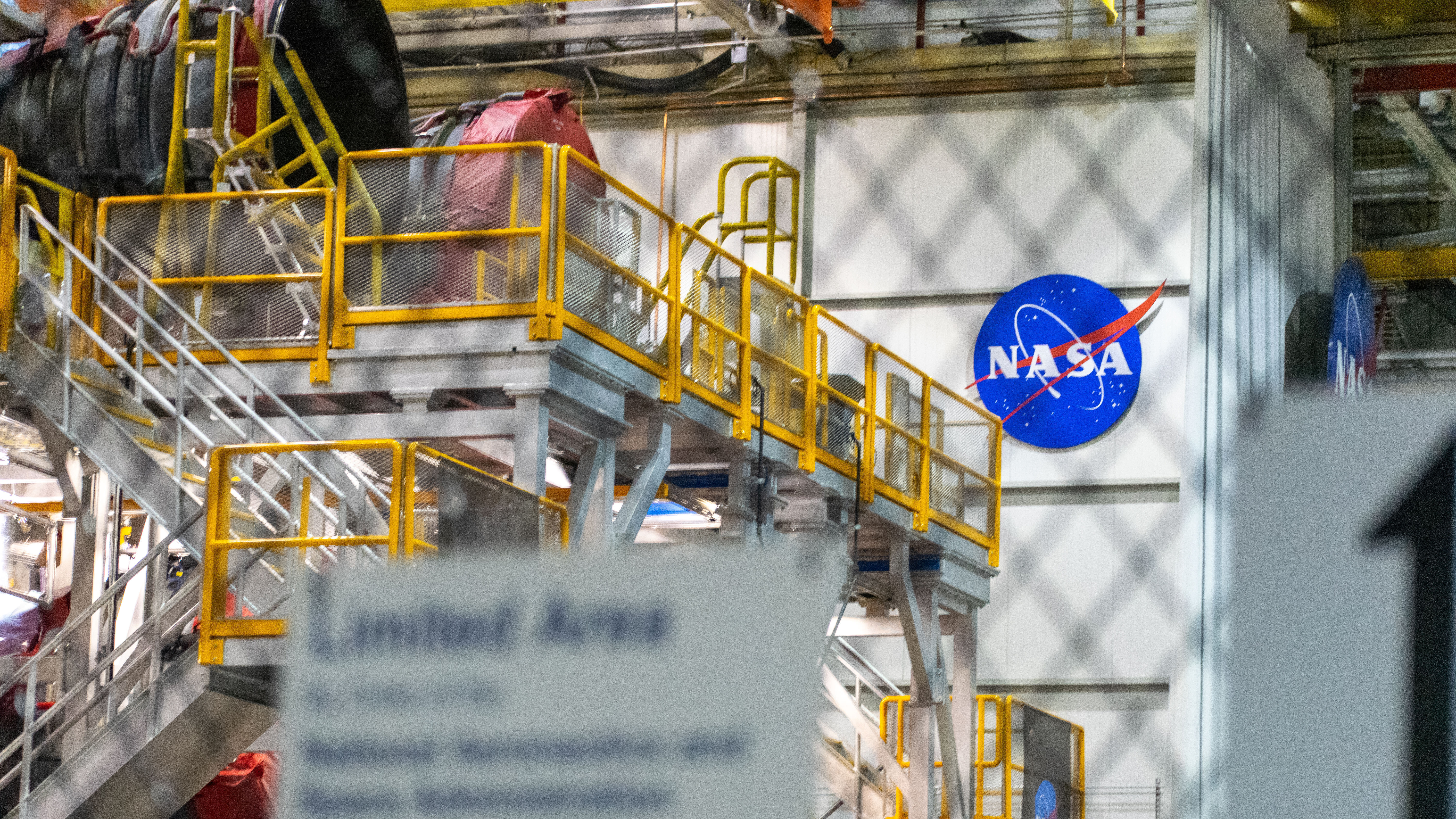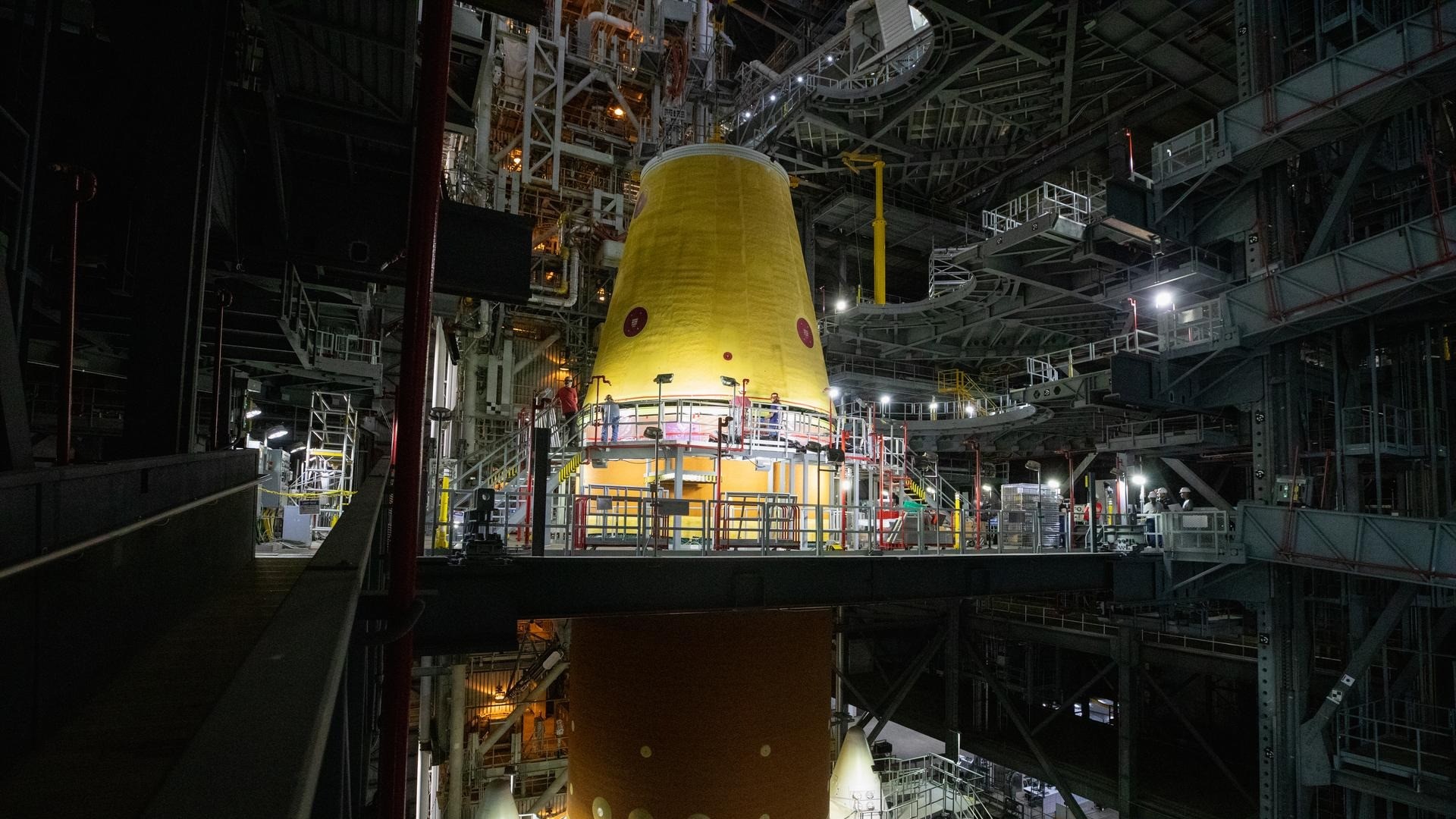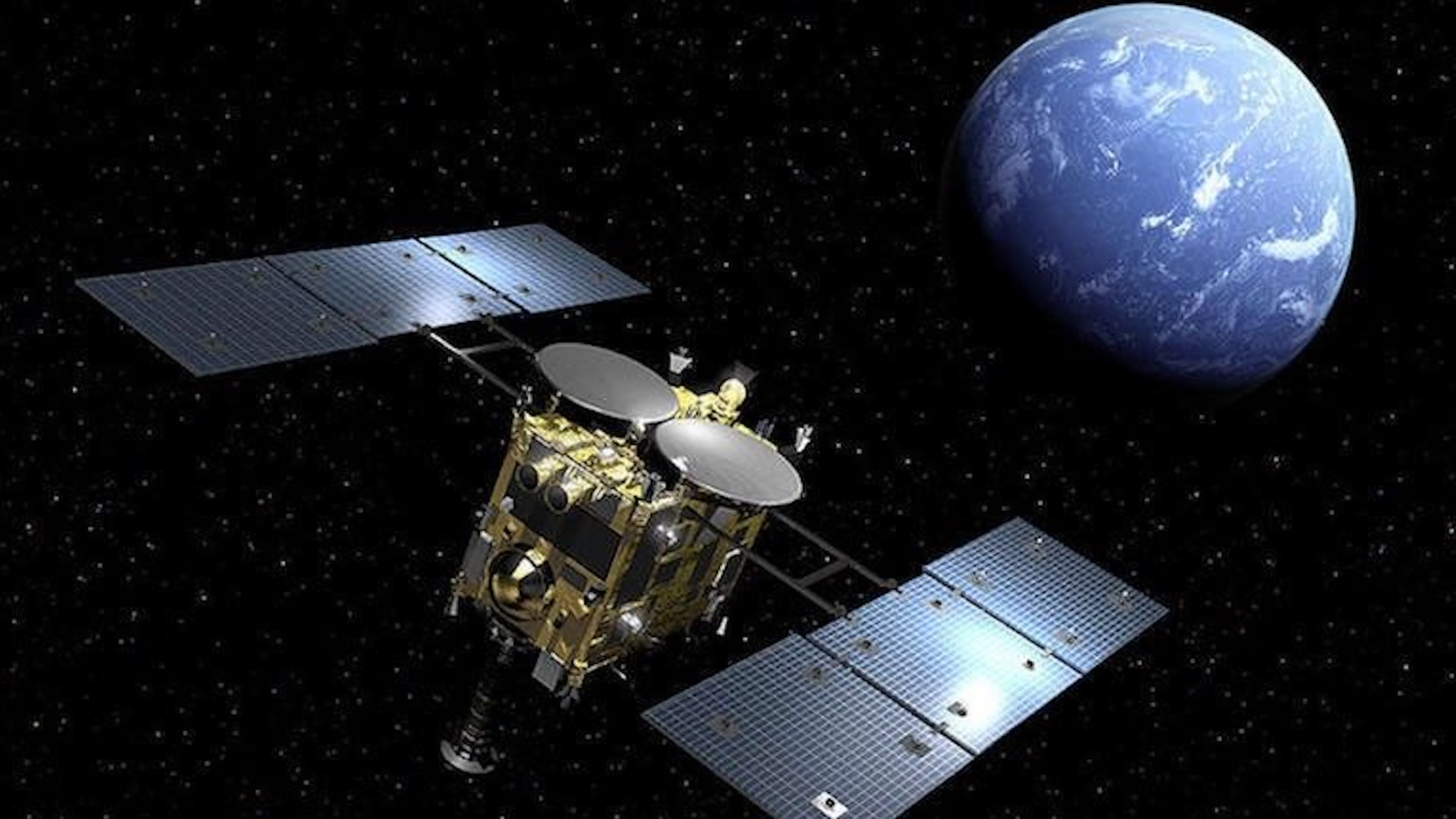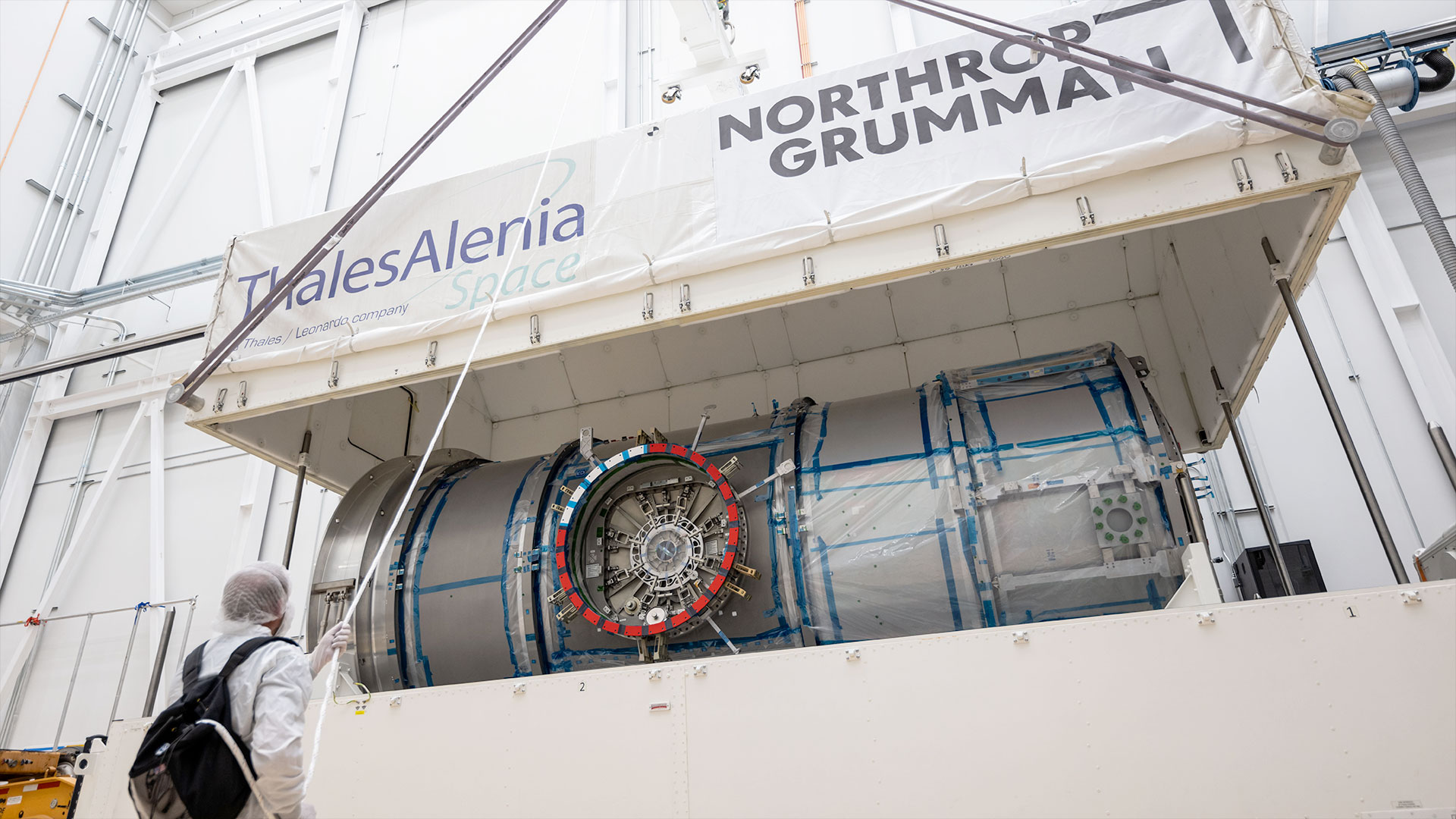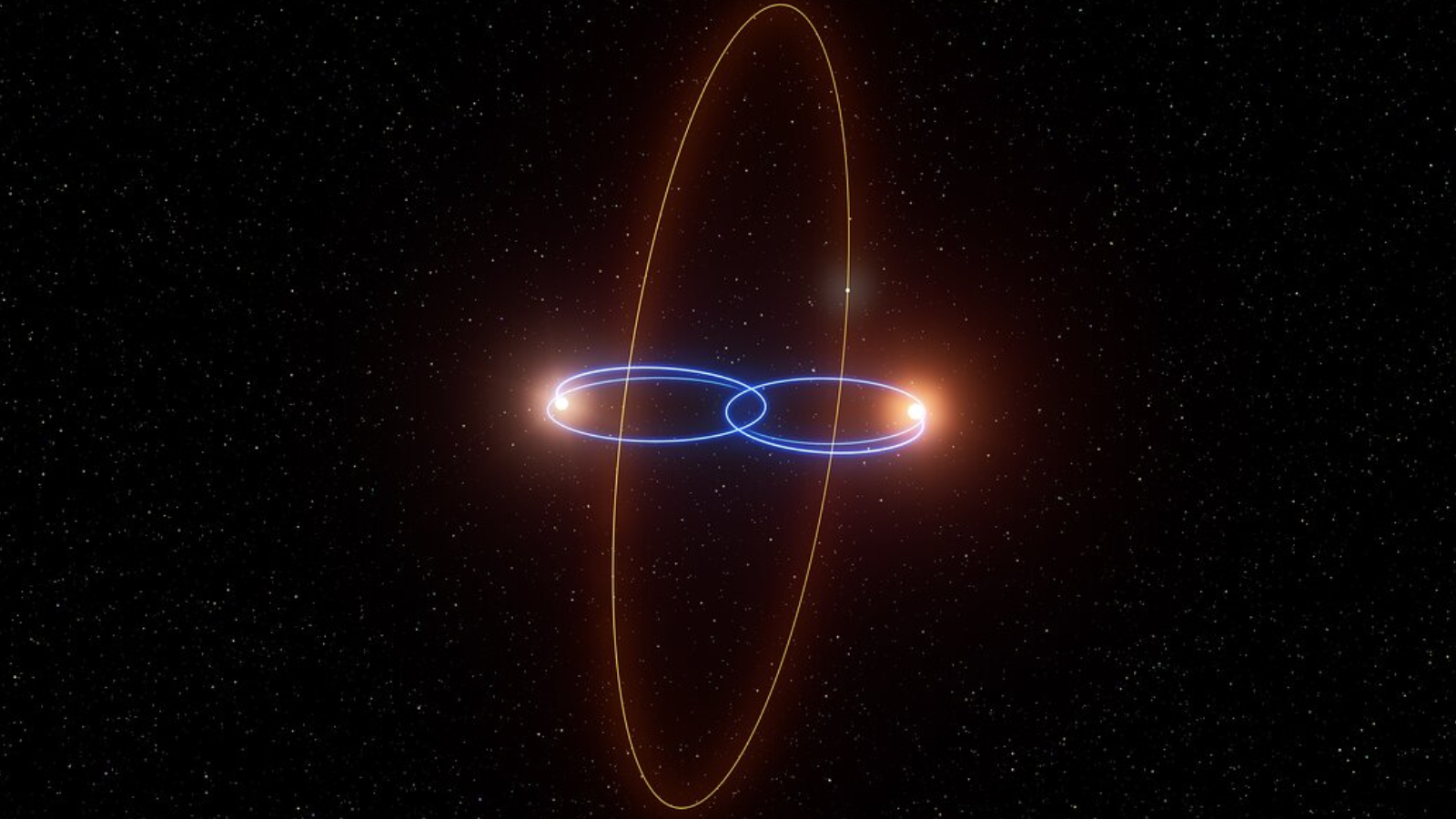NASA reveals 'Artemis Team' astronauts, includes first woman, next man on moon
The Artemis astronaut cadre includes the first woman and next man to visit the moon in 2024.
NASA has selected a group of astronauts to prepare for and possibly fly to the moon for the first time in more than 50 years.
NASA's newly-announced "Artemis Team" includes 18 men and women who will pave the way for the next human missions to orbit and land on the moon since the Apollo program ended in 1972. The cadre includes the first woman and next U.S. man to step foot on the moon, although specific mission assignments have yet to be made.
"It is really amazing to think that the next man and the first woman on the moon are among the names that we just read and they may be standing in the room right now," Vice President Mike Pence said Wednesday (Dec. 9) at a meeting of the National Space Council at NASA's Kennedy Space Center in Florida. "I give you the heroes of the future who will carry us back to the moon and beyond."
As directed by the White House, NASA is working towards returning humans to the surface of the moon by 2024. The space agency's Artemis program, named for the twin sister of Apollo, is scheduled to begin sending robotic missions in 2021, followed by the launch of the Artemis II crew into lunar orbit in 2023.
NASA anticipates selecting the members of the Artemis II crew as early as 2021, and the crew for Artemis III, the first to land on the moon, later. Both missions would launch with four people, with two astronauts becoming the next astronauts to walk on the moon on Artemis III.
Video: Vice President Mike Pence announces NASA's Artemis astronauts
Project Artemis: NASA's new moon program explained
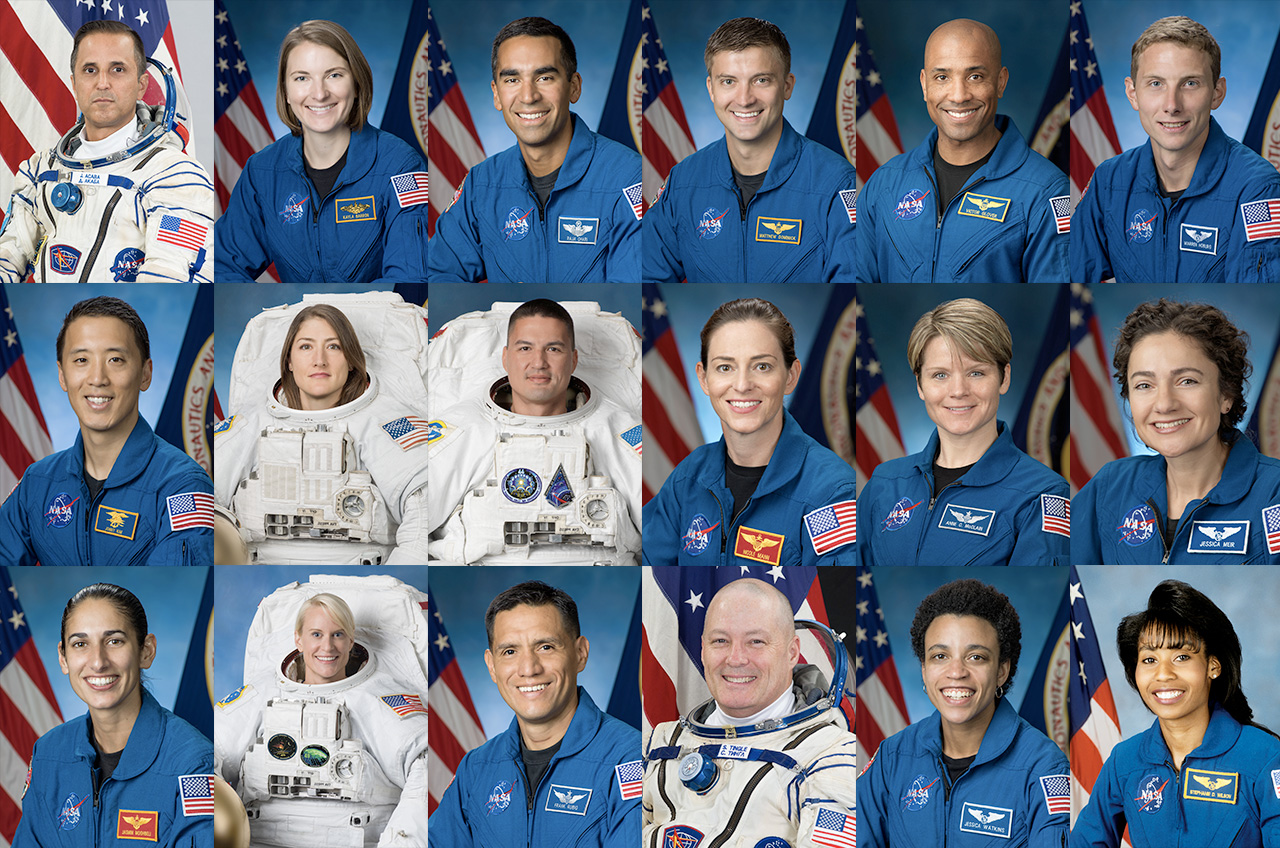
The Artemis Team
The 18 members of NASA's Artemis Team were chosen from the 47 astronauts currently active in the program. The group was selected for their diverse skillsets and backgrounds.
Get the Space.com Newsletter
Breaking space news, the latest updates on rocket launches, skywatching events and more!
Half of the Artemis Team has previously flown into space — two of the members are currently aboard the International Space Station. The team includes members of five astronaut classes selected between 1996 and 2017.
The members of the Artemis team are (in alphabetical order):
Joe Acaba, 53, member of NASA's 2004 astronaut class; an educator and hydrogeologist, he has flown on one space shuttle mission and two expeditions to the International Space Station, logging 306 days in space.
Kayla Barron, 33, member of NASA's 2017 astronaut class; a submarine officer in the U.S. Navy with a master's degree in nuclear engineering, she has yet to fly into space.
Raja Chari, 43, member of NASA's 2017 astronaut class; a test pilot in the U.S. Air Force with a master's degree in astronautics and aeronautics, he has yet to fly into space.
Matthew Dominick, 39, member of NASA's 2017 astronaut class; a test pilot in the U.S. Navy with a master of science in systems engineering, he has yet to fly into space.
Victor Glover, 44, member of NASA's 2013 astronaut class; a commander in the U.S. Navy with master of science degrees in flight test engineering, systems engineering and master of military operational art and science, he is currently 24 days into his first mission on the International Space Station. He is the first Black astronaut to serve on a space station crew.
Woody Hoburg, 35, member of NASA's 2017 astronaut class; an engineer with a doctorate in electrical engineering and computer science, he has yet to fly into space.
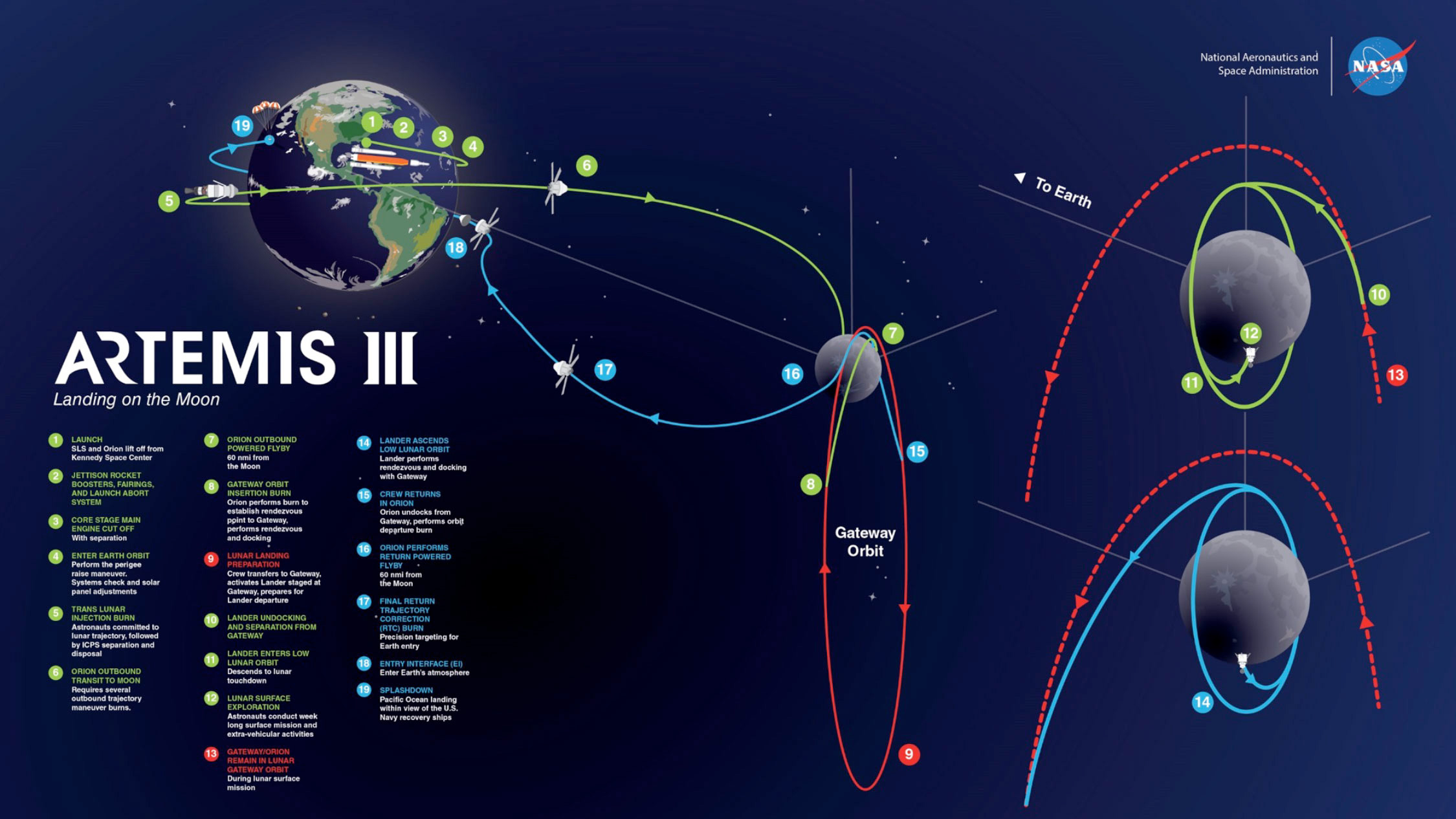
Jonny Kim, 36, member of NASA's 2017 astronaut class; a lieutenant in the U.S. Navy. former U.S. Navy SEAL and physician, he has yet to fly into space.
Christina Koch, 41, member of NASA's 2013 astronaut class; an engineer with a master's degree in electrical engineering, she logged 328 days on her first mission on the International Space Station, during which she took part in the first all-female spacewalk and set a new record for the longest single space mission by a woman.
Kjell Lindgren, 47, member of NASA's 2009 astronaut class; a flight surgeon with a doctorate of medicine, he logged 142 days on his first mission to the International Space Station.
Nicole Mann, 43, member of NASA's 2013 astronaut class; a test pilot in the U.S. Marine Corps with a master of science degree in mechanical engineering, she is assigned to the Crewed Flight Test of Boeing's CST-100 Starliner commercial spacecraft launching in 2021.
Anne McClain, 41, member of NASA's 2013 astronaut class; a lieutenant colonel in the U.S. Army and engineer with master's degrees in aerospace engineering and international relations, she logged 204 days on her first mission to the International Space Station.
Jessica Meir, 43, member of NASA's 2013 astronaut class; a physiologist with a doctorate in marine biology, she logged 205 days on her first mission to the International Space Station, during which she took part in the first all-female spacewalk.
Jasmin Moghbeli, 37, member of NASA's 2017 astronaut class; a U.S. Marine Corps helicopter test pilot with a master of science in aerospace engineering, she has yet to fly into space.
Kate Rubins, 42, member of NASA's 2009 astronaut class; a microbiologist with a doctorate in cancer biology, she logged 115 days on her first expedition and is 57 days into her second mission aboard the International Space Station. She was the 60th woman in history to fly into space and the first person to sequence DNA in orbit.
Frank Rubio, 44, member of NASA's 2017 astronaut class; a U.S. Army helicopter pilot and flight surgeon, he has yet to fly into space.
Scott Tingle, 55, member of NASA's 2009 astronaut class; a commander in the U.S. Navy with a master of science in mechanical engineering, he logged 168 days on his first mission to the International Space Station.
Jessica Watkins, 32, member of NASA's 2017 astronaut class; an aquanaut with a doctorate in geology who worked on NASA's Mars rover missions at the Jet Propulsion Laboratory, she has yet to fly into space.
Stephanie Wilson, 54, member of NASA's 1996 astronaut class; an engineer with a master of science degree in aerospace engineering, she logged 43 days on three space shuttle missions to the International Space Station.
The men — and women — in this room

Due to precautions taken in response to the coronavirus pandemic, only five of the 18 members of the Artemis Team attended the National Space Council meeting: Acaba, Dominick, McClain, Meir and Watkins. Glover and Rubins were informed of their selection on the space station.
The last time that NASA identified a subset of its astronaut corps in preparation for future missions to the moon was in April 1967. In a small conference room at the Manned Spacecraft Center (today, Johnson Space Center) in Houston, director of flight crew operations Deke Slayton told the 20 men that "the guys who are going to fly the first lunar missions are the guys in this room."
The members of NASA's Artemis Team will initially be assigned to work with the agency's commercial partners, which are designing the human landing systems that will bring astronauts to the surface of the moon. The team members will also help define and develop the training programs to prepare for missions to land on and orbit the moon.
All of the astronauts assigned to the Artemis Team are eligible to be assigned to a mission, but membership in the team does not guarantee they will ultimately be selected to fly to the moon. Some of the team members will serve on the prime and backup crews and may walk on the moon, while others may work in lunar orbit aboard NASA's Gateway platform or provide support for the Artemis program in other ways.
NASA anticipates adding more members to the Artemis Team, including members of its next astronaut class due to be selected in late 2021. International astronauts from NASA's partner nations will also be assigned to Artemis missions.
Follow collectSPACE.com on Facebook and on Twitter at @collectSPACE. Copyright 2020 collectSPACE.com. All rights reserved.
Join our Space Forums to keep talking space on the latest missions, night sky and more! And if you have a news tip, correction or comment, let us know at: community@space.com.

Robert Pearlman is a space historian, journalist and the founder and editor of collectSPACE.com, a daily news publication and community devoted to space history with a particular focus on how and where space exploration intersects with pop culture. Pearlman is also a contributing writer for Space.com and co-author of "Space Stations: The Art, Science, and Reality of Working in Space” published by Smithsonian Books in 2018.In 2009, he was inducted into the U.S. Space Camp Hall of Fame in Huntsville, Alabama. In 2021, he was honored by the American Astronautical Society with the Ordway Award for Sustained Excellence in Spaceflight History. In 2023, the National Space Club Florida Committee recognized Pearlman with the Kolcum News and Communications Award for excellence in telling the space story along the Space Coast and throughout the world.


